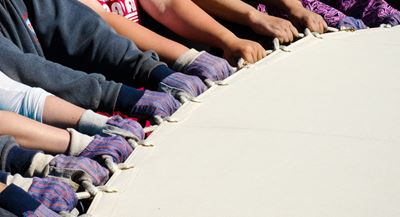
UArctic is a decentralized organization, with offices, programs and other functions hosted at member institutions in the Circumpolar North. The daily operations are entrusted to a light and distributed administration.
UArctic's work is guided by our Constitution and Strategic Plan 2030 The UArctic Bylaws form the basis of the organization's governance system and the rules for the related governing bodies. The Organization and Management Guidelines describe how we implement our activities and our operational structure.
In 1998 the Arctic Council called for the establishment of the University of the Arctic, and soon afterwards, the University of the Arctic was officially launched in Rovaniemi, Finland in 2001. The UArctic International Secretariat has been hosted by the University of Lapland in Rovaniemi, Finland since the launch of UArctic. As a decentralized organization, UArctic's financial and legal affairs are largely handled through our host institutions. In an effort to place UArctic in a stronger position when it comes to contractual capacity, fundraising and liability, and following approval by both governing bodies of UArctic, the University of the Arctic was officially registered as a non-profit association under the Finnish law "UArctic ry" in November 2019.